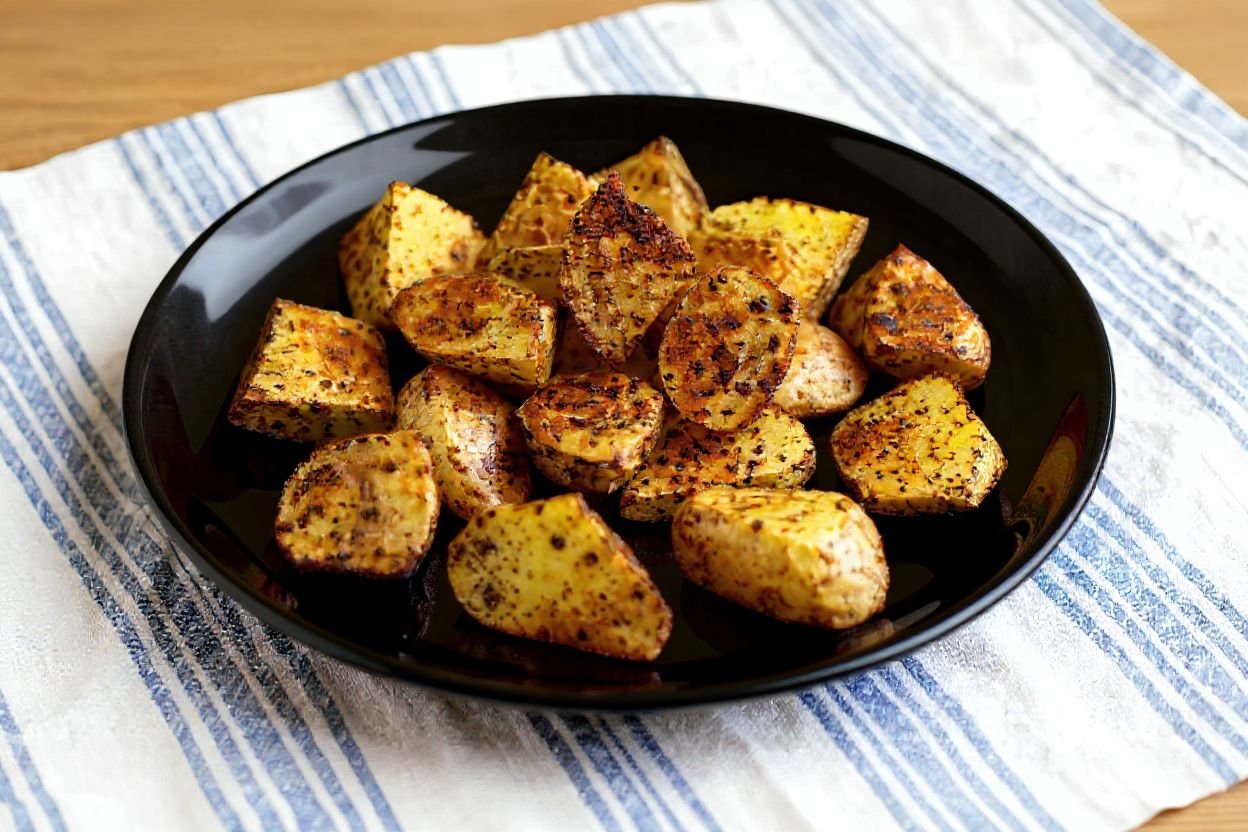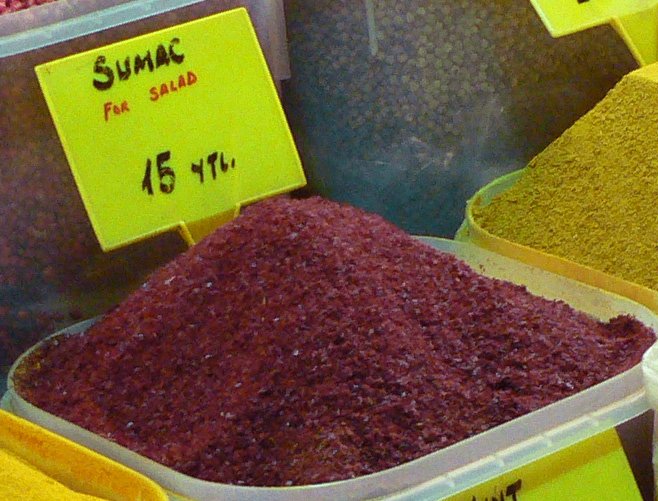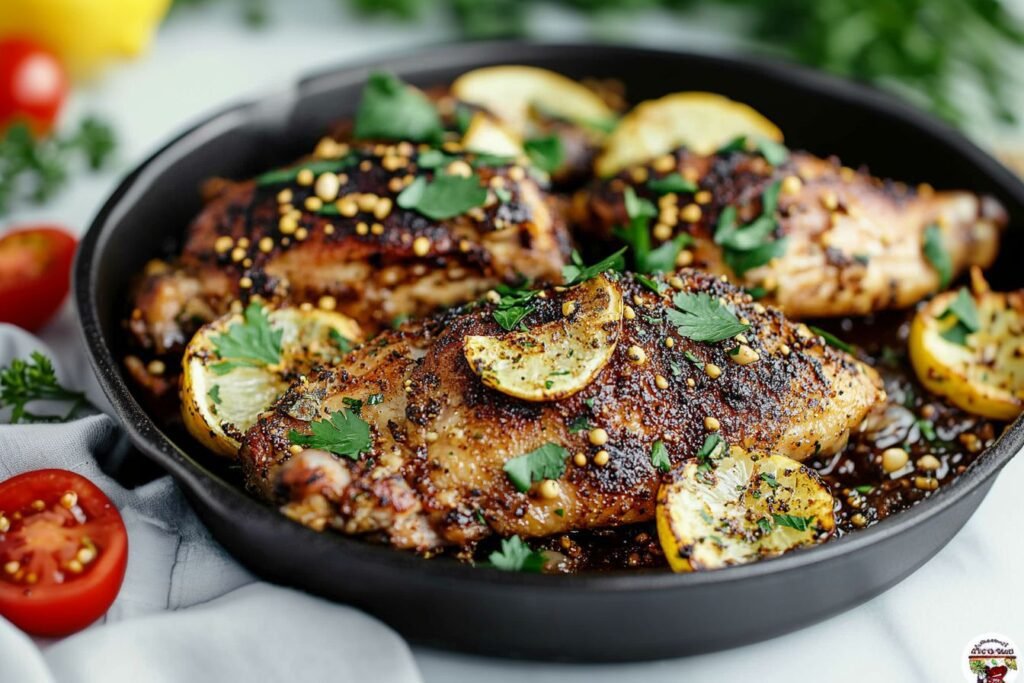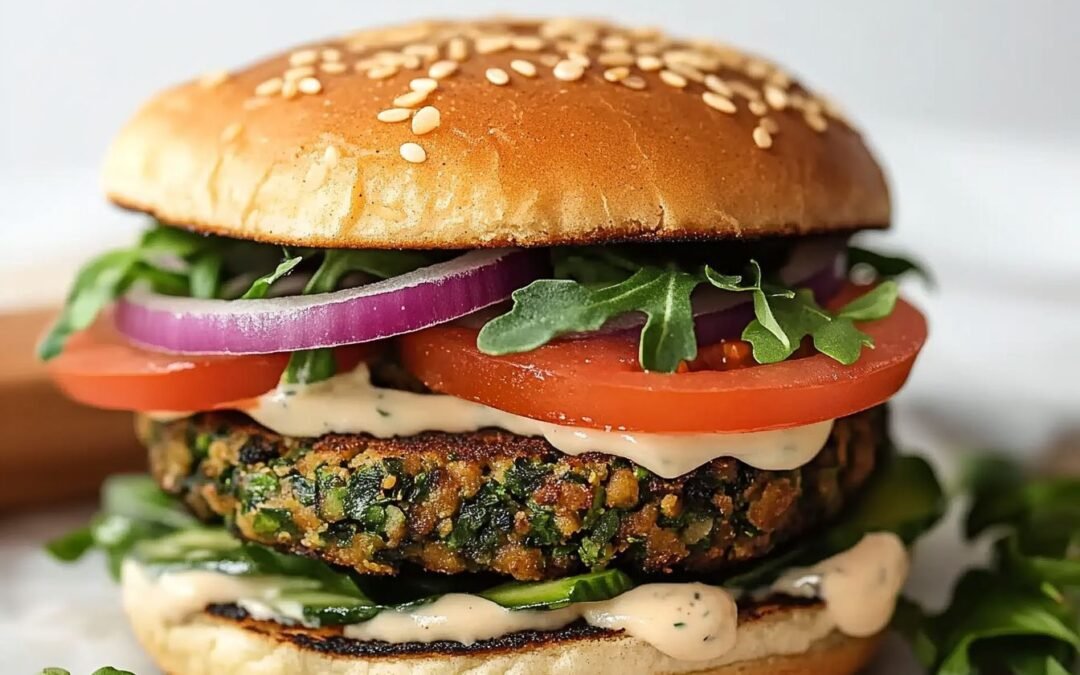I love discovering simple ways to make classic potatoes more exciting, and sumac potatoes have quickly become one of my favorites. The bright, tangy flavor of sumac adds a unique twist that turns a humble side dish into something special. This side dish combines Yukon golds, olive oil, dried sumac, and a touch of salt to create a delicious, easy-to-make recipe full of vibrant flavor.
What I like about this dish is how few ingredients you need to make it work. Just potatoes, olive oil, dried sumac, and salt combine to create a balance of earthiness and citrusy zing. This combination keeps the recipe straightforward, perfect for weeknights or when I want a quick, tasty side.
What Are Sumac Potatoes?
Sumac potatoes combine simple potatoes with the tangy, citrusy flavor of sumac spice. I love how the sumac adds a bright twist without overpowering the natural taste of the potatoes.
These potatoes are usually cut into wedges or cubes. Then, they get tossed with olive oil, salt, pepper, and a generous amount of ground sumac.
I often roast the potatoes in the oven until they’re golden and slightly crispy. The tangy flavor pairs well with grilled meats, salads, or just as a snack.
You can use different potato types, like red potatoes or russets. Each brings a slightly different texture but works well with sumac’s distinct flavor.
In short, they are an easy, flavorful side dish that brightens any meal. I find the tartness refreshing and a nice change from ordinary roasted potatoes.
Ingredients
- 1 lb of yellow potatoes (preferably Yukon gold)
- 1 tbsp of olive oil
- 1 ½ tsp of dried sumac
- ½ tsp of salt
How to make sumac potatoes?
- First, warm up my oven to 400°F. This helps the potatoes roast nicely.
- Next, wash the potatoes well and dry them. Then, cut them into chunks about an inch wide. Put these pieces into a big bowl.
- Pour in some olive oil, sprinkle sumac, and add a pinch of salt. Mix everything so the potatoes get a good coating.
- After that, spread the potatoes evenly on a baking sheet. Pop them into the oven and bake for 20 minutes.
- Once 20 minutes pass, give the potatoes a good toss to cook them evenly. Then, roast them for another 15 to 20 minutes.
- Check if they’re done by poking them with a fork. When the potatoes feel soft inside and look crispy outside, they’re ready to serve.
Nutritional Information
| Nutrient | Amount per serving |
|---|---|
| Calories | 237 kcal |
| Carbohydrates | 40 g |
| Protein | 5 g |
| Fat | 7 g |
| Sodium | 595 mg |
Serving and Pairing Ideas
Best Dishes to Serve With The Potatoes
These potatoes pair well with grilled meats like chicken, lamb, or beef. Their brightness cuts through the richness of the meat. I often serve them alongside roasted vegetables or a fresh green salad for balance.
They also work great with Mediterranean dishes such as hummus, tzatziki, or baba ganoush. The tang of sumac matches the creamy texture of these dips nicely.
Seafood, especially baked or grilled fish, complements the potatoes too. The acidic notes highlight the natural flavors of both.
Presentation Tips
I usually serve them in a shallow bowl or wide dish to show off their color. A sprinkle of fresh herbs like parsley or cilantro adds contrast and freshness.
To make them pop, I add lemon wedges on the side. The bright yellow color looks appealing and invites people to squeeze extra juice.
Using rustic plates or wooden boards fits the earthy, casual feel of the dish. Keep the presentation simple so the potatoes remain the star.
Storing and Reheating
When I have leftovers, I store them in an airtight container. I find they stay fresh in the fridge for up to 3 days. Make sure the potatoes cool down to room temperature before refrigerating to keep their texture.
To reheat, I prefer using an oven or an air fryer. I set the oven to 375°F (190°C) and heat the potatoes for about 10–15 minutes. This method helps keep them crispy, unlike microwaving, which can make them soggy.
If you use a microwave, heat them in short bursts of 30 seconds. Stir them in between to heat evenly. You might lose some crispiness, but the taste stays good.
Quick tips:
- Store in an airtight container.
- Refrigerate within 2 hours of cooking.
- An oven or air fryer works best for reheating.
- Microwaving results in a faster but softer texture.
Common Mistakes To Avoid
One mistake I see often is using too much sumac. This spice is tangy and strong, so a little goes a long way. Overdoing it can overwhelm the dish and mask the natural flavor of the potatoes.
Another thing I watch out for is cutting the potatoes unevenly. If the pieces aren’t similar in size, some cook faster than others. That leads to a mix of mushy and undercooked bites, which I don’t enjoy.
I also try not to skip the olive oil. It helps the sumac stick and creates a nice crispy texture. Without enough oil, the potatoes can turn out dry and bland.
Overcrowding the baking sheet is a common error in my kitchen. When potatoes are too close, they steam instead of roasting. I space them out to make sure they get that golden, crispy finish.
Finally, I avoid under-seasoning. Salt enhances all the flavors. Make sure to season well before roasting. If you wait until after, the salt won’t stick as well.
Conclusion
I find sumac potatoes to be a simple yet flavorful dish that adds a nice tang to any meal. The sumac spice gives a gentle citrusy touch without overpowering the natural taste of the potatoes.
If you want a quick side, this recipe fits perfectly. It requires minimal ingredients and little prep, which suits my busy schedule.
Here’s what I like most about them:
- Versatility: They pair well with meats, salads, or stand alone as a snack.
- Ease: Roast or fry them easily with just a sprinkle of sumac and a dash of salt.
- Freshness: The lemony notes bring a lightness I appreciate, especially in warmer months.
I encourage you to try sumac potatoes if you haven’t yet. They offer a small twist on a classic dish that can brighten your plate.
In my kitchen, they’ve become a go-to for a flavorful, fuss-free side I can rely on anytime. Give them a shot—you might enjoy the unique zing as much as I do.
In addition to the above, you can pair these sumac potatoes with za’atar chicken.
Interested? Get the recipe now (by clicking the image below):






